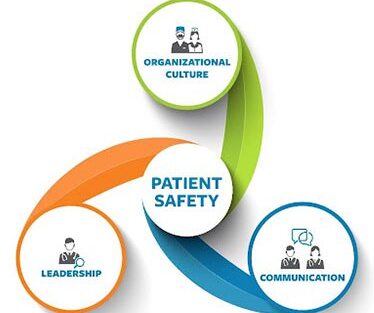Patient safety is a top priority in the healthcare industry. Every year, millions of patients are harmed while receiving care. These errors can range from minor to life-threatening, and they can have a significant impact on patients’ health and well-being.
There are many different types of patient safety errors. Some of the most common include:
- Medication errors: These errors can occur when medications are prescribed incorrectly, dispensed incorrectly, or administered incorrectly.
- Infections: Healthcare-associated infections (HAIs) are infections that patients acquire while receiving care in a healthcare setting.
- Falls: Falls are a leading cause of injury and death in hospitals and other healthcare settings.
- Wrong-site surgery: This occurs when surgery is performed on the wrong body part or the wrong patient.
- Communication errors: These errors can occur when information is not communicated effectively between healthcare providers.
There are many things that can be done to improve patient safety. Some of the most important steps include:
- Creating a culture of safety: This means creating an environment where everyone feels comfortable speaking up about potential errors.
- Using safety checklists: Safety checklists can help to prevent errors by ensuring that essential steps are not missed.
- Investing in technology: There are many technological tools that can be used to improve patient safety, such as electronic health records and barcode medication scanning.
- Training healthcare providers: Healthcare providers need to be trained on how to prevent errors and how to respond to errors when they do occur.
Patient safety is everyone’s responsibility. By working together, we can create a healthcare system that is safe for all patients.
Here are some additional tips for improving patient safety:
- Ask questions about your care. Don’t be afraid to ask your healthcare provider about your medications, treatments, and procedures.
- Be an active participant in your care. This means being involved in decisions about your care and communicating with your healthcare providers.
- Report any errors or concerns to your healthcare provider. It is important to report any errors or concerns that you have about your care so that they can be investigated and corrected.
By following these tips, you can help to improve patient safety and ensure you receive the best possible care.

